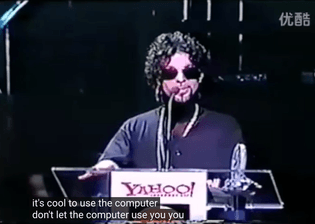Info
This channel appears in
digital studies, lab.ciberbrujería, wonder, ✦ A classer, OK Computer , notas: redes–sociales, Social websphere, Disso theory, digital (dis)embodiment, Uh... the internet?, research — the internet, life on the interweb, 📱 terminally online, Handle With Care 🦎 Worldbuilding Deals and Supplements, collaborating with the machine, Crate Diggin', identity formation in the digital age, cultivating silence and slowness in the Instagram era , ꩜ memory and mediation, internest, post digital , Media studies and technology culture, A post-digital world , Internet baby, 💻 being - online and off, Chronically online and thinking about it, design education, curating the cyberspace, to sort, evernever, thesis dump, State Of The Web 🌐, Fourth Wall of Hell, CHANNELS, to inhabit the web, Digigarden, internet/cyber, digital fidelity , digital tsunami, 🌐 ❤️🔥 web_revival, Teoría | estética, bibliografía, textos... , Textos y pensamientos🧠, pure chaos, and Online / cultural studies / internet / cyberfeminism



